Introduction:
A gap between teeth, commonly known as diastema, has intrigued people for many years. While some cultures celebrate this feature, others may view it as a source of insecurity. However, with well-known figures like Madonna and Michael Strahan proudly showcasing their gaps, the world is gradually recognizing that diastema is more than just a dental condition—it’s a unique aspect of individual identity.
Understanding the Gape:
-
Historical Perspectives:
Throughout history, perceptions of gaps between teeth have varied significantly. In certain cultures, a gap symbolized beauty and fertility, whereas in others, it was associated with superstitions or negative beliefs. These cultural interpretations have greatly influenced how individuals with diastema are viewed, shaping societal attitudes towards this distinct dental feature.
-
Cultural Significance:
In art, literature, and folklore, gaps between teeth often carry symbolic meanings. For instance, African masks and European tales frequently depict individuals with diastemas in different lights. These portrayals reflect how traditions and cultural values shape society’s views on physical characteristics like diastema.
-
Medical Considerations:
Even though most gaps between teeth pose no serious health risks, they can sometimes point to underlying dental concerns. Conditions such as gum disease, missing teeth, or jaw development problems may lead to gaps. Therefore, addressing these issues is crucial for maintaining good oral health.
-
Psychological Impact:
For some individuals, having a gap between their teeth may lead to feelings of insecurity. Acknowledging the emotional effects of diastema is essential for promoting self-acceptance and positive mental well-being. By understanding these impacts, society can offer better support, encouraging individuals to embrace their unique smiles.
Embracing Differences:
-
Beauty in Uniqueness:
Just as no two smiles are identical, a gap between teeth adds individuality to someone’s appearance. Embracing these differences encourages people to celebrate unique beauty, moving away from traditional ideas of perfection.
-
Changing Beauty Standards:
As beauty standards continue to evolve, more people are beginning to appreciate their distinctive features. Today, a gap between teeth is often seen as a symbol of authenticity and self-expression rather than something to be hidden or corrected.
-
Iconic Figures:
Throughout history, famous individuals like model Lauren Hutton and athlete Anna Kournikova have proudly displayed their diastemas. By doing so, they have reshaped beauty standards and inspired others to appreciate their own distinctive features.
Addressing Concerns:
-
Orthodontic Treatments:
For those who wish to close their gap, several dental treatments are available. Options such as braces, clear aligners, and dental bonding can help adjust the positioning of teeth. Consulting with an orthodontist is the best way to identify the most appropriate treatment based on each person’s needs.
-
Cosmetic Dentistry:
In addition to orthodontic treatments, cosmetic procedures like veneers or dental implants can also be used to close gaps and enhance smiles. By working with a cosmetic dentist, patients can explore different treatment options to achieve their desired look.
-
Financial Considerations:
Dental treatments often come with significant costs, so it’s important to carefully consider the financial implications before undergoing any procedure. While some treatments may be covered by dental insurance, others might require out-of-pocket expenses. Exploring payment plans or financing options can help make these treatments more affordable and accessible.
Conclusion:
A gap between teeth is more than just a physical characteristic—it reflects cultural traditions, personal identities, and evolving beauty standards. By celebrating diverse smiles and promoting confidence in one’s appearance, we contribute to a more inclusive society. Whether someone chooses to embrace their gap or seek treatment, it’s essential to create an environment where everyone feels accepted and valued.
FAQs:
1.What causes a gap between teeth?
A gap between teeth can result from factors like mismatches between tooth and jaw sizes, thumb-sucking during childhood, or gum disease.
2.Can a gap between teeth close on its own?
In children, gaps sometimes close naturally as they grow. However, in adults, gaps typically require treatment to close.
3.How can I fix a gap between my teeth?
Various options exist, including braces, clear aligners, dental bonding, and veneers. A consultation with an orthodontist or dentist will help determine the best approach for your specific needs.
4.Is it expensive to fix a gap between teeth?
The cost of fixing a gap depends on the treatment option chosen. Braces or clear aligners tend to be more expensive compared to simpler procedures like bonding. Many dental practices offer payment plans to help make treatments more affordable.

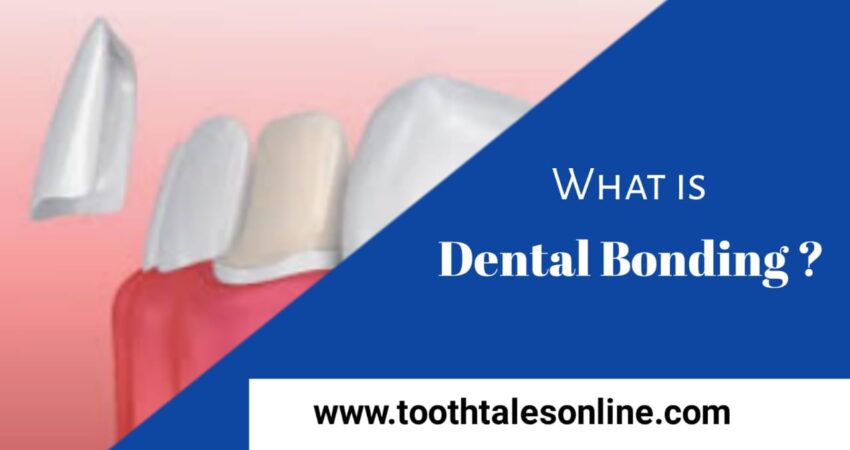
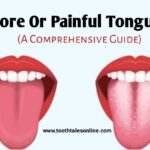
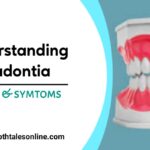
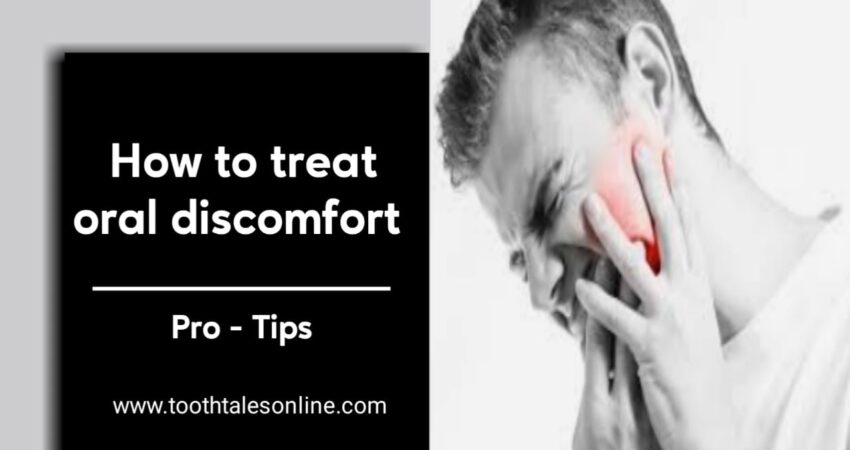



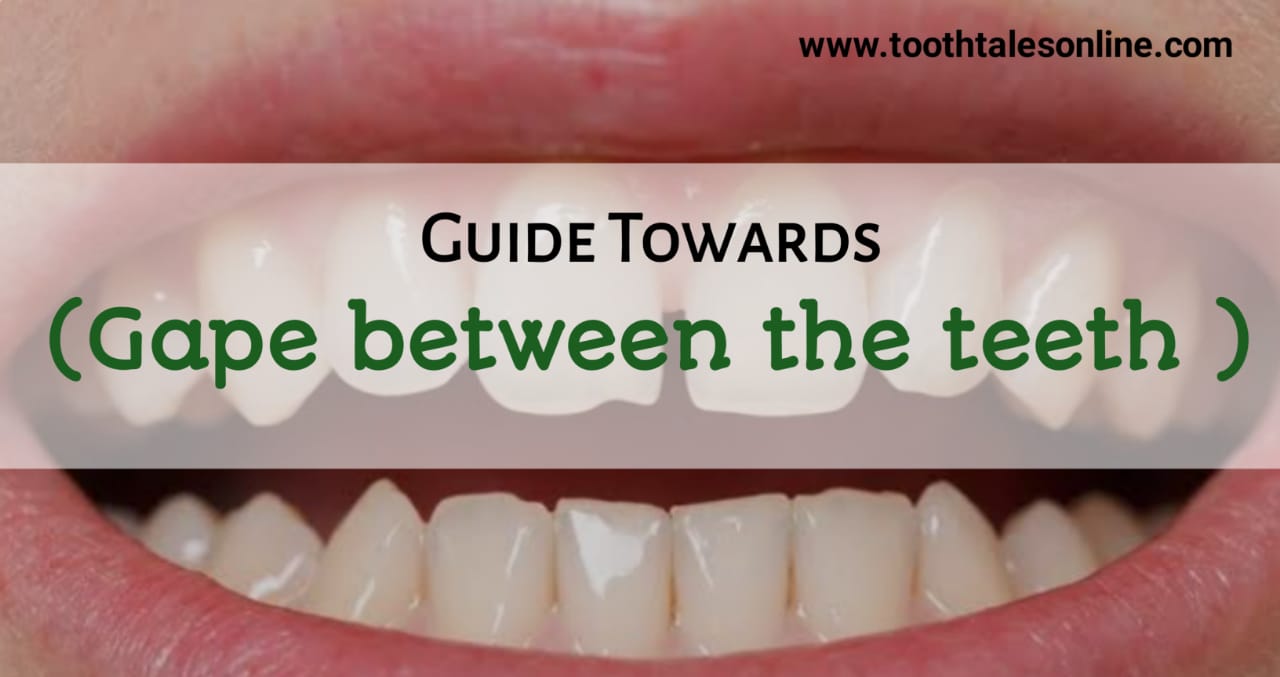
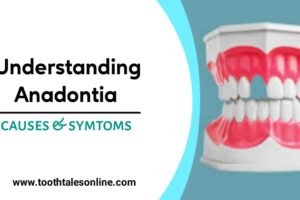












Add Comment